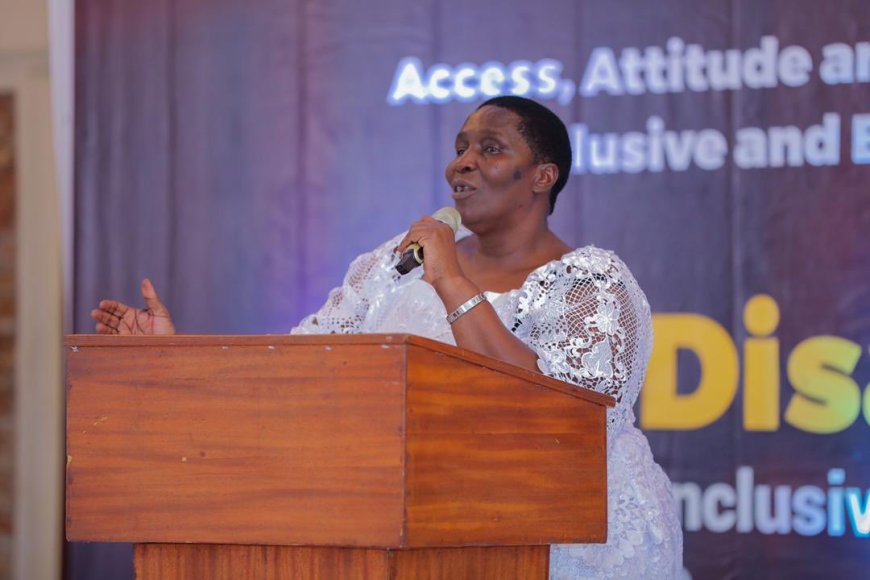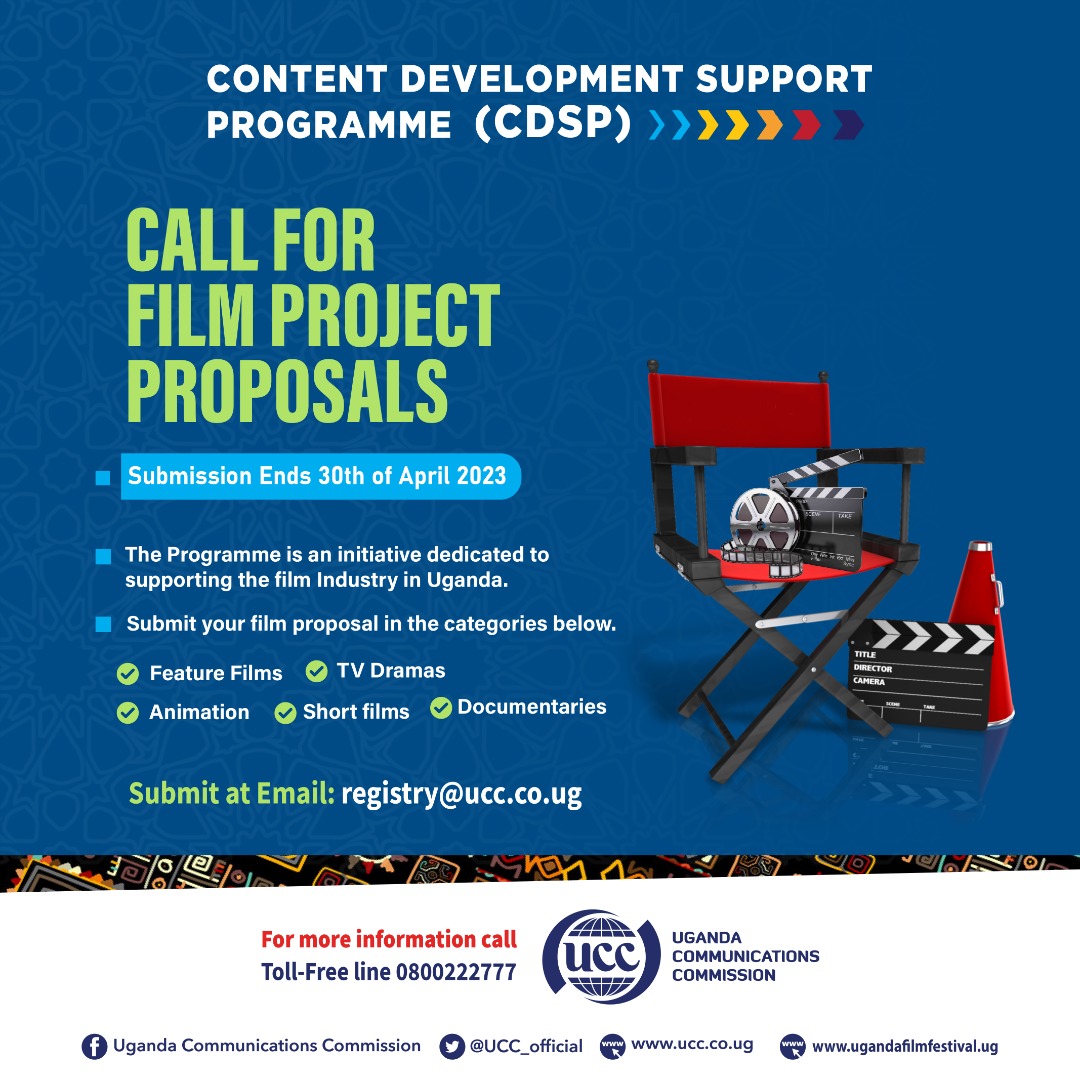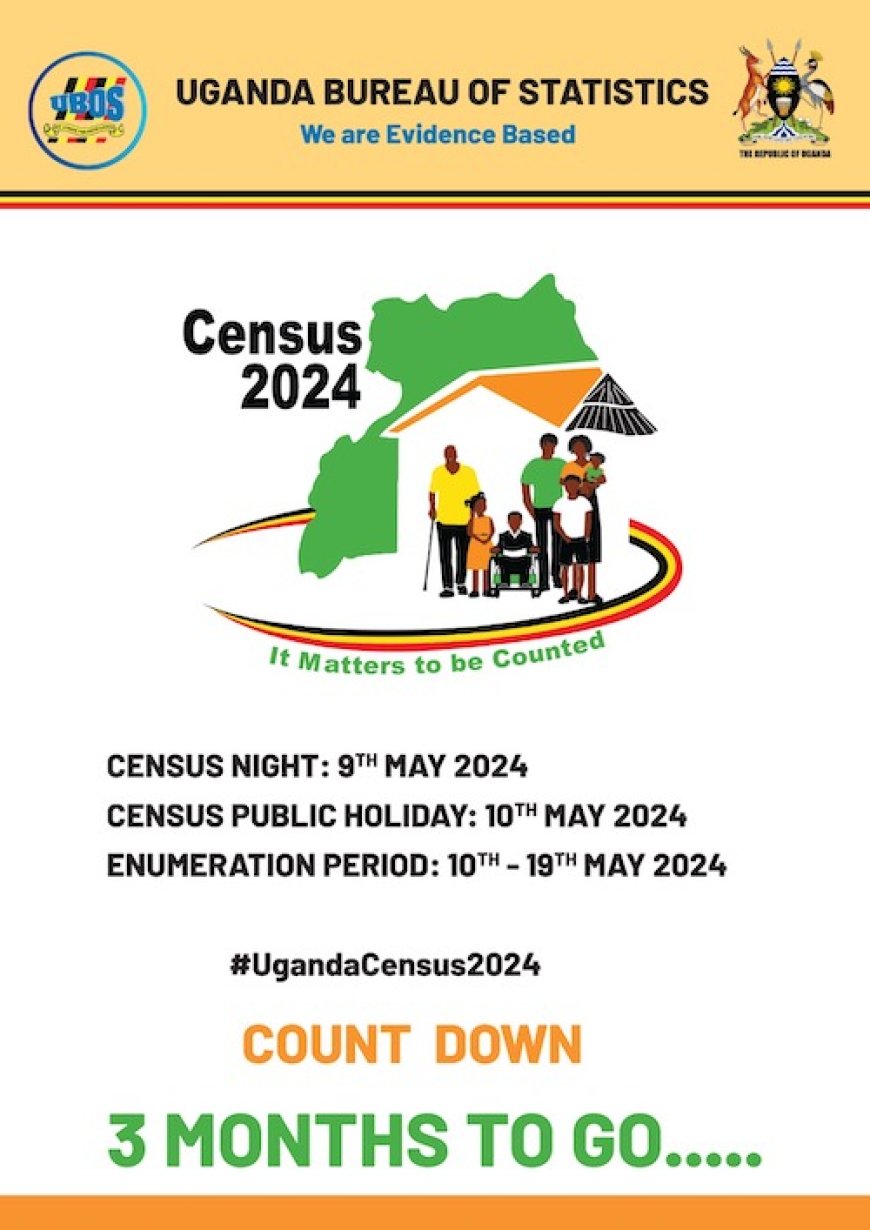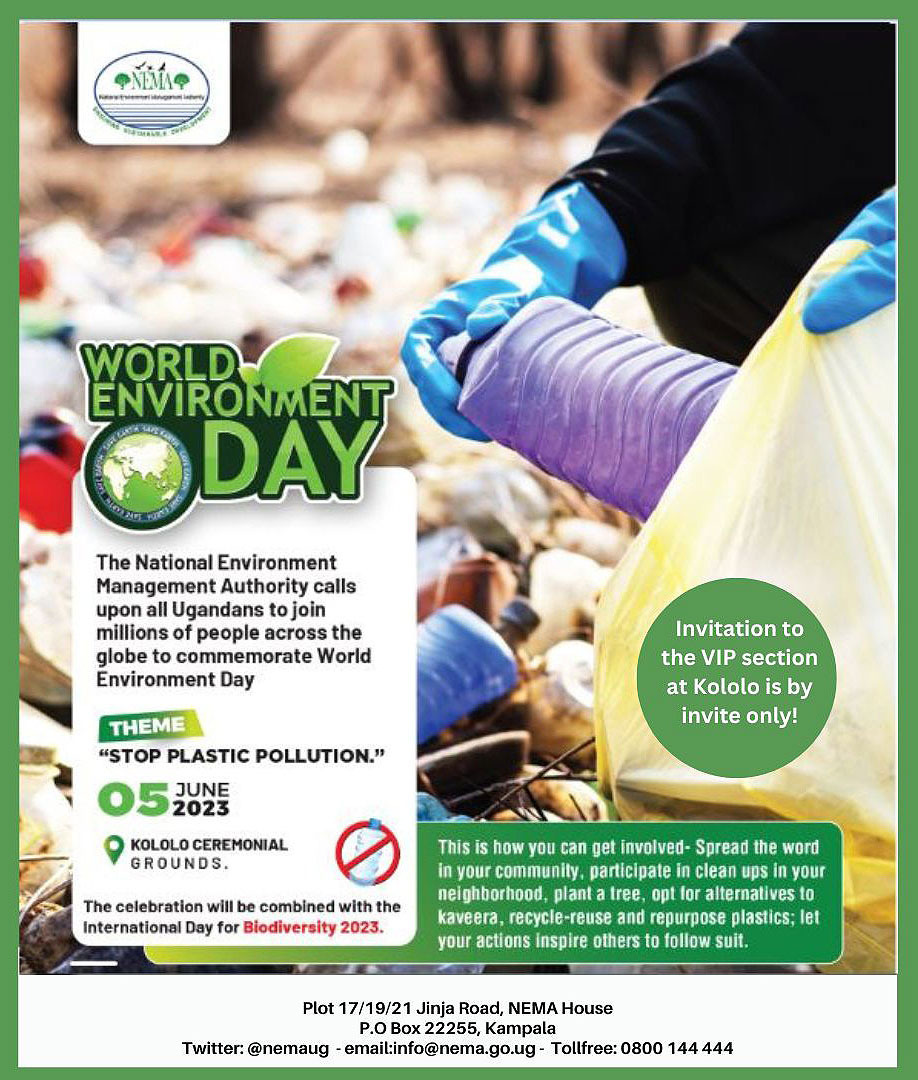Uganda To Commemorate International Day Of Persons With Disabilities

Uganda is to join the rest of the world to commemorate the International Day of Persons with Disabilities on December 3rd 2024 with the aim of acknowledging the capacity of persons with disabilities in contributing towards the development of the country.
On October 14, 1992, the UN General Assembly proclaimed 3rd December as the International Day of Persons with Disabilities.
This day was first observed on December 3, 1992.
This was disclosed by Hon Hellen Grace Asamo the state minister for disability Affairs while addressing media in Kampala City .
"This day is also used to create awareness on the importance of promoting equality and full participation of Persons with Disabilities in social life as well as development". She said.
The International Day for Persons with Disabilities is held on a regional rotation model, the venue for this year’s Commemoration, is Eastern Uganda in Kumi District at Boma Ground.
His Excellency, the President of the Republic of Uganda, General Yoweri Kaguta Museveni is expected to preside over the Celebrations.
Schedule 3 of the Persons with Disabilities Act, 2020 provides for 8 disability categories or impairments.
These include the following:
• Physical Disability
• Hearing disability
• Visual disability
• Deaf and blind disability.
• Mental disability
• Little people.
• Albinism.
• Multiple disabilities
According to Uganda Bureau of Statistics (UBOS) 2014 Census Report, Disability prevalence was at 12.4%.
The minister however clarified that UBOS is going to undertake a disability functional difficulties survey to harmonize of information on 2024 census report on Persons with disability numbers.
The National theme for this year’s celebration is: “Improved Household Incomes; for the Wellbeing of Persons with Disabilities”.
The minister added that this theme emphasizes the importance of increasing household incomes to enhance the wellbeing of Persons with Disabilities.
This starts with Inclusive employment and Livelihoods of Persons with Disabilities to reduce inequality. By improving livelihood outcomes, Persons with Disabilities will be able to meet the basic needs; be employed and earn income. These benefits will extend beyond their individual households to national development.
The minister also identified the progress made by the government towards realization of the rights and wellbeing of persons with disabilities.
In the area of economic empowerment, there is enhanced Government support towards economic empowerment programmes of Persons with Disabilities.To ensure an improvement in household incomes for Persons with Disabilities, the Government has initiated wealth creation programmes to support households engage in income generating ventures that enhance their incomes. In a quest for government to improve the livelihoods of persons with disabilities, government put in place the Special Grant for Persons with Disabilities which provides grants to organized groups of persons with disabilities. The current cumulative statistics of the grant from 2019 to date shows that 7,422 enterprise groups of Persons with Disabilities have received the Grant. The enterprise groups constitute of a total of 55,799 households of Persons with Disabilities of which 28,350 are males and 28,558 are females. The Government has disbursed UGX 36BN to Persons with Disabilities since 2019.
The Parish Development Model has earmarked 10% of the funds at the Parish for Persons with Disabilities. We need to enhance mobilization of persons with disabilities to benefit from PDM. This is in addition to Emyooga funds that have supported SACCOs for PWDs.
Under the Emyooga initiative, 30m is allocated for every Constituency in the country to benefit persons with disabilities. In the area of education, the government has been allocating, to the MoES 3,670,340,896 billion shs for both recurrent and development fund to special needs education interventions, since the FY 2023/2024.
This has supported capacity strengthening special needs and inclusive education for 240 teachers received training in specialized skills and Functional Assessment to support learners with special educational needs.She said.
The Government has continued to promote inclusion of learners with disabilities through scholarships in higher institutions of learning. To this end, 64 slots of both female and male have been given every academic year.
Government plans to increase the number of learners with disabilities supported at university and tertiary level to 320.
The Government also has 5 Vocational Rehabilitation Centers and 1 sheltered workshop for Persons with Disabilities geared towards providing specialized, hands-on training in specific trades, for youth with disabilities who are unable to continue with formal education. In terms of health and disability inclusion, MOH staffing structure now caters for sign language interpreters up to health center 3 level.
To enhance medical rehabilitation, surgeries for children with disabling conditions have been expanded from Mulago to include all Regional Referral Hospitals. In terms of access to information, reforms on disability inclusion include: Brailing constitution and other policy documents, brailing of the Bible in partnership with Church of Uganda, inclusion of sign language interpreters by media Houses during Prime news, drafting of the disability Inclusion Rules for Courts of law, among others.
Government has put in place a number of legal and policy frameworks that protect and promote the rights of Persons with Disabilities which include the Constitution of the Republic of Uganda, the Persons with Disabilities Act of 2020, the Mental Health Act 2019 and the Revised National Policy on Persons with Disabilities.
In addition, the Building and Control Act now requires that all buildings put in place are easily accessible by persons with disabilities. E.g. provision of rumps, lifts, among other ways. This is in addition to other International and Regional Protocols that Uganda has ratified like the Convention on the Rights of Persons with Disabilities, the Marrakesh Treaty, the Anti-Personnel Mine Ban Convention and African charter on people and human rights on the rights of persons with disabilities.
Ladies and Gentlemen, despite the excellent policy framework, poverty and inequality still remain high among Persons with Disabilities. Disability is a considerable challenge to socio-economic development because of its associated functional limitations. Therefore, beyond the mainstream wealth creation efforts, unique affirmative action grants are needed to bridge the gaps occasioned by functional limitations of Persons with Disabilities. To actualize this, Government is focusing on the following areas to improve the wellbeing of persons with disabilities: Scale up mobilization for Persons with Disabilities to enhance access to PDM by Persons with Disabilities from 2% to at least 5% out of the target of 10%.
At the same time, rationalize part of the Persons with Disabilities funds quota under PDM to cover Persons with Disabilities, with unique functional limitations to be served under the National Disability Grant; Finalize the inquest into extreme low-class performance and low grades among leaners with Disabilities, so as to put in place better alternative mechanisms for learners with Disabilities, to enable them learn and perform at the same level like other learners without disabilities; Revive the orthopedic in Regional Hospitals to facilitate affordability of rehabilitation services and assistive devices such as wheel chairs and glasses.
Under NDP4, prioritize Disability inclusion across the 18 Programme areas to mitigate the previous low performance which was highlighted in NDP3 Mid-Term Review. Design the Child Disability Grant targeting children with severe disabilities to support households with the additional costs associated with caring for these children.
Households with a member with a disability spend a lot more on household expenses compared to households without a member with a disability. E.g. the nodding syndrome in Northern Uganda has affected mothers of children with disabilities more, as they are required to spend more time taking care of the affected children, leaving them with less time to fend for the family. As I conclude, the day will be characterized by many activities that will be undertaken to raise visibility of persons with disabilities issues. These include: The National Disability Symposium with panel discussions on improved household incomes and the wellbeing of persons with disabilities, Health camps – disability assessments, distribution of assistive devices, medical camp, Media engagements, exhibitions among other activities.
What's Your Reaction?
























































